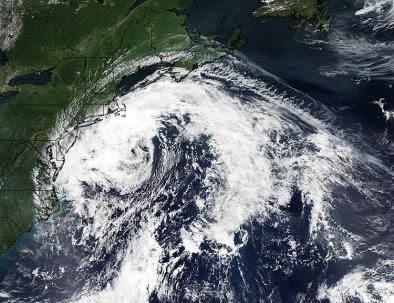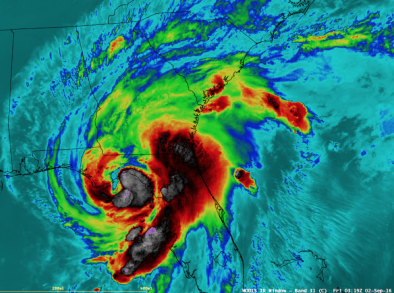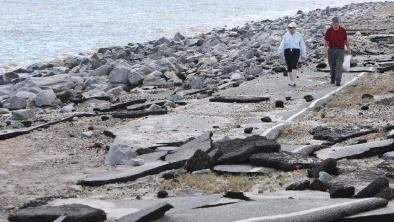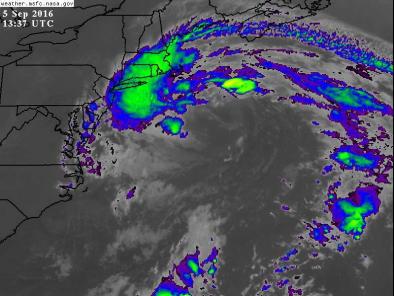TDs 8, 9 May Become Tropical Storms
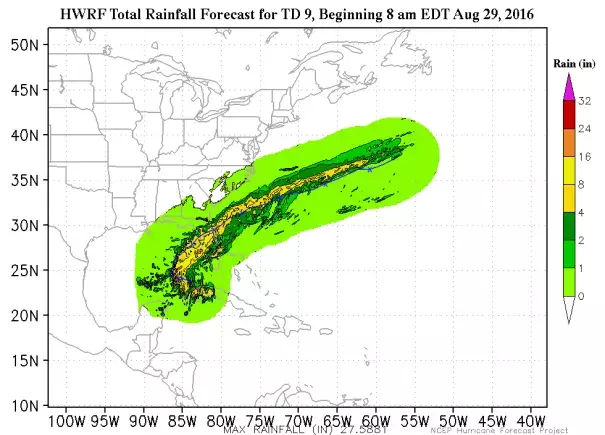
Our three best intensity models—the HWRF, DSHIPS and LGEM models—were in reasonable agreement with their latest runs available on Monday afternoon, with landfall intensities for TD 9 ranging from 50 - 75 mph. NHC is going with a forecast of a 65 mph tropical storm at landfall, noting that increasing wind shear in the final day before landfall may stop the intensification process. TD 9 could be a Category 1 hurricane at landfall, as suggested by the DSHIPS intensity model, and residents along the Gulf Coast of Florida should anticipate this possibility. This portion of the coast is highly vulnerable to large storm surges, due to the extensive stretch of shallow continental shelf water offshore that extend up to 90 miles from the coast. A worst-case Category 1 hurricane hitting at high tide can cause a storm surge that will inundate the Florida Gulf Coast north of Tampa to a depth to 9 - 10 feet
Related Content
